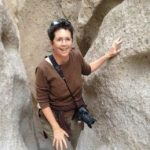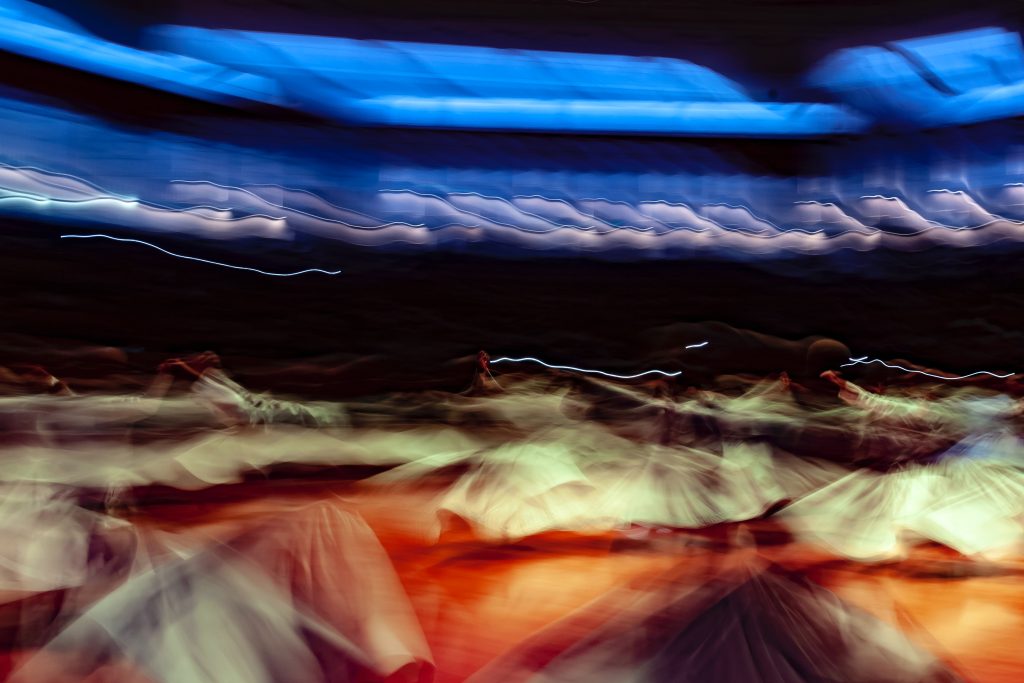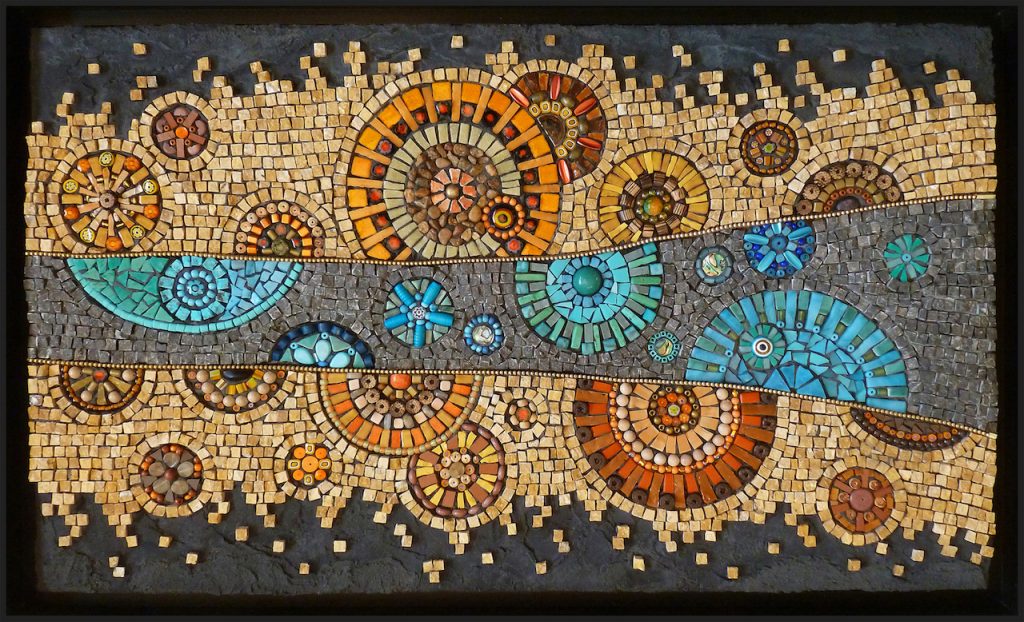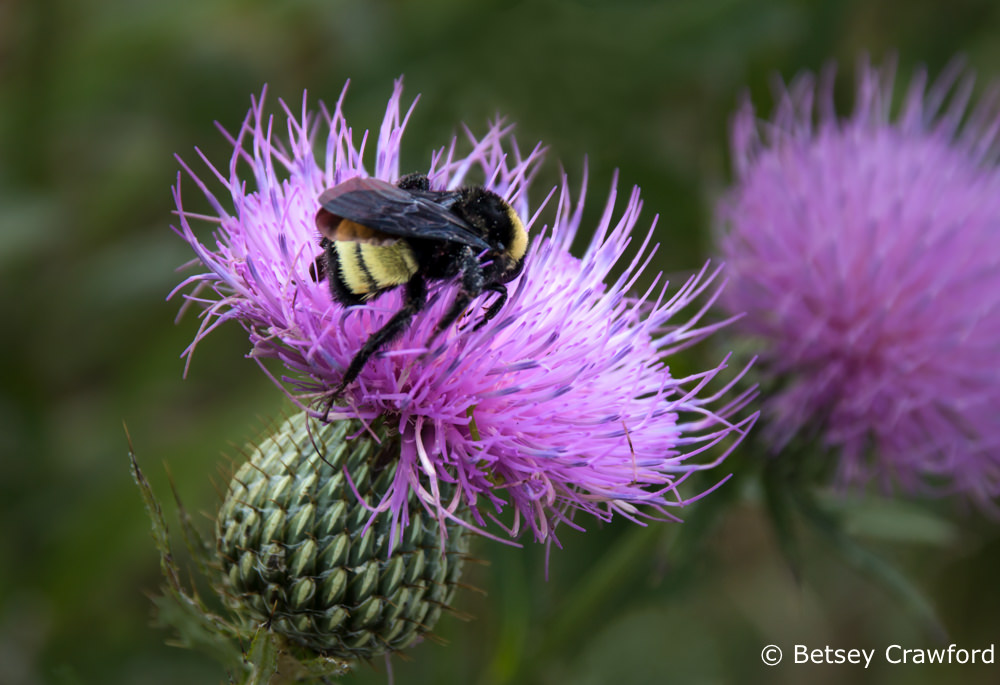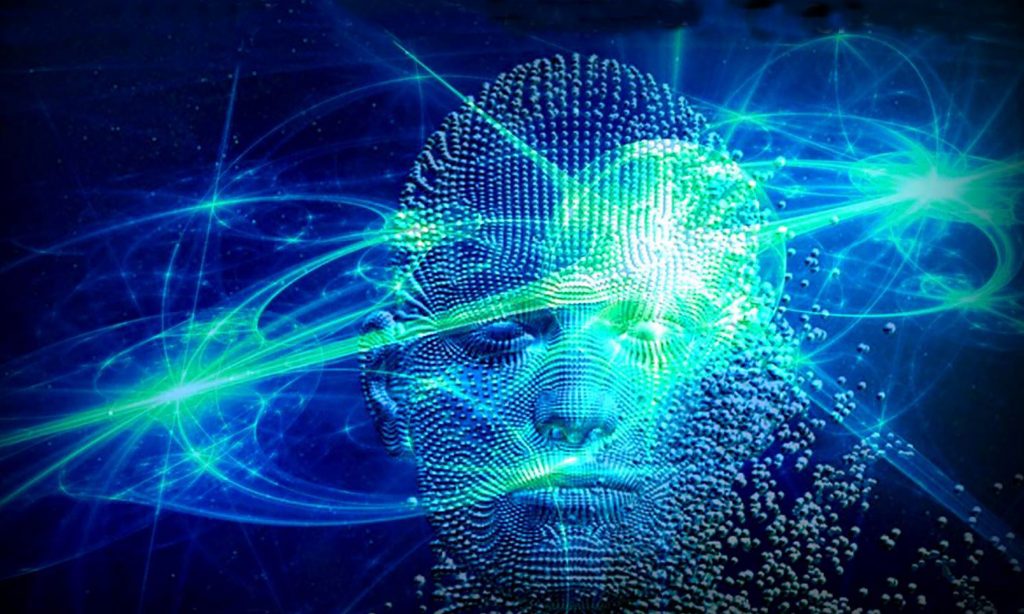Active Hope | Time with Joanna Macy
Last year, I did something I’d been putting off for a long time. I joined Joanna Macy and 28 other people for a weekend of the Work that Reconnects—workshops she has been developing and offering since the 1970s. I knew of Joanna as a philosopher of both ecology and Buddhism, full of wisdom and deep practice on both fronts. Over the years, I would see opportunities to join her. I’d carefully read the description, which always included confronting our deep pain about what is happening with the earth. It sounded profound; it sounded like something I should do; it sounded very painful. I would decide to do it another time.

Then I moved to Marin, just across the San Francisco Bay from her home in Berkeley. She is close to ninety, and I wanted to be able to work with her before she completely passes the baton to others. I listened to an interview with her which made me realize how delightful she is. And I was in such pain at the drastic backward lurch we took with the 2016 election, that I figured I couldn’t feel any worse. I might even see my way to some clarity and faith. The weekend was called, after her book of the same title, “Active Hope: how to face the mess we’re in without going crazy.”
As with many things we dread, it wasn’t what I feared. I found it uplifting, joyous, complicated, loving, inspiring, painful—life distilled into a weekend. The work was even familiar, similar to practices I’d done in other contexts. We sat in circles large and small, paired up, went off alone. All to explore not only what we felt, but where such feelings could lead us. Once again, I learned how much I share with others, and how much comfort their presence on the journey gives me.
There is, sadly, an unending amount of pain and anger to be felt when we are alive to what’s happening on our planet: the loss of habitat, the pollution of oceans and rivers, the increasingly rapid unraveling of climate integrity, the struggles of species, including our own. The list is endless. I spend a lot of my time in continual concern about, and celebration of, plants. But when I answered prompts that asked for my worst fears or deepest hopes, my first response was about the suffering of people: hungry children, trapped women, exploited workers, refugees with nowhere to go, indigenous people losing their homes and sacred places. The thinking behind the devastation of the natural world is the same thinking that exploits and degrades humans.
This heightened awareness led to one of the most memorable moments of the weekend. I’ve always assumed that the earth could survive us better than we can survive each other. That, if necessary, she would shrug us off her beautiful shoulders and get on with her very long life. Cities would eventually crumble, plants would take root in the rubble, creatures would spread out into their ancient habitats. Other life forms would eventually evolve. There was a certain grief-filled comfort in this.
Then Joanna led an exercise called milling. We walked around our space aimlessly until she had us stop. We took the hands of the person nearest us and looked into his or her eyes. Joanna spoke of the profound beauty of seeing this unique and precious being, the only one that will ever be. Then we moved on. After about five encounters, we stopped.
Later that day, a young and radiant rabbi, pregnant with her first child, said that she, too, had always thought the earth would be fine without us. “But,” she said, “when we were milling, I realized that the earth loves us.”
I was very moved by her, and by everyone there, especially the young people. There were heart-rending moments.
A man in his mid-twenties wept at the speed of the earth’s losses. A young woman whose baby had just turned one talked about how much mothers are shamed in our society. Our rabbi spoke of having to be strong for her congregation, who were terrified of the anti-Semitism unleashed since the election. One woman was afraid the ocean would be dead by the time her 12 year old daughter, who wants to be a marine biologist, is ready. Another young man talked about trying to resist the lure of violent protest.
We are often afraid to give anguish and rage space because we have don’t know what to do with their force. By closing difficult emotions off, we risk numbing our ability to respond to the urgencies of this time. Or we can be all too willing to feel them, but not to release them, and then be immobilized by a tangle of despair and fury. The constant barrage of things to feel bad about is overwhelming and deeply dispiriting. No matter how much we want to help, we feel like hummingbirds taking a drop of water to a wildfire.
Joanna has practiced Buddhism since the 1960s. So, it would be natural that her solution to the problem of pain is simple, ancient, and very challenging: be present. Breathe it into our hearts and give it room, give it time. Let ourselves mourn and rage. No matter how large or overwhelming, grant whatever comes the space it asks for. Breathing out, let it go. Then carry on with our thread in the fabric. In all, a process that might require a lot of steady breathing.
Our struggle with these difficult emotions arises from our greatest gift as humans: compassion. Damage to the world and its people, which comes from greed and obliviousness, will be slowed and salvaged by love: for the earth itself and for the wondrously intricate web of all beings that we are a part of.
This is no simple ‘love, sweet love’ invocation. The kind of love we need is challenging in itself: complex, knowledgeable, dedicated to human and more-than-human community. A willingness to change for the sake of the global good. A profound understanding of our inherence in the natural world. These are the most nourishing gifts we can give both the earth and ourselves. These are the energies that allow the earth herself to rise in us. Imagine the inspiration and courage that would arise when we no longer think we’re on the planet and instead know that we are the planet.


